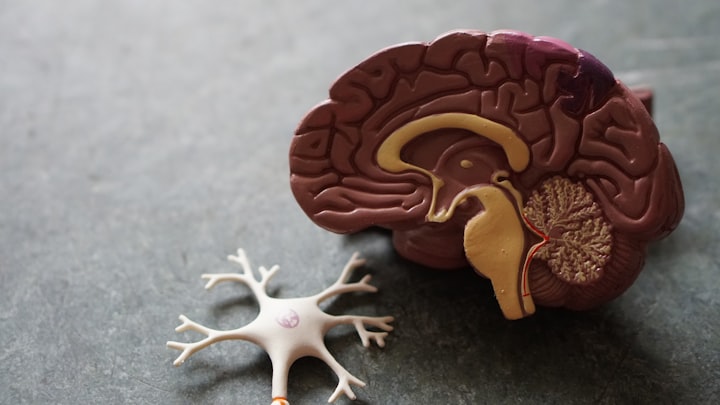Inside the Brain of a Chronic Executioner: Revealing the Upsetting Examples
Introduction

Inside the Brain of a Chronic Executioner: Revealing the Upsetting Examples
Introduction
The human brain is an immense and complex scene, equipped for creating both phenomenal thoughtful gestures and unspeakable demonstrations of frightfulness. Among the most obscure indications of this duality are chronic executioners, people whose contorted cravings lead them down a war zone and dread. Today, we set out on an excursion into the profundities of criminal brain science, intending to unwind the upsetting examples that exist in the personalities of these executioners. By understanding the inspirations and ways of behaving of these people, we can reveal insight into their activities and, maybe, forestall future misfortunes.
The Introduction of a Beast
Chronic executioners are not conceived; they are made. The perplexing interaction of hereditary qualities, childhood, and educational encounters shapes the curved mind of these people.
Genuine models, like the instance of Ted Bundy, uncover that youth injury, misuse, and an absence of compassion assume vital parts in the development of a Steller's psyche. These elements, joined with an innate requirement for power and control, make an unstable blend that fills their grievous demonstrations.
The Veil of Predictability
One of the most chilling parts of chronic executioners is their capacity to mix consistently into society. Frequently beguiling, smart, and obviously typical, they work unnoticed, veiling their dull cravings behind a façade of business as usual.
Genuine models, like Dennis Rader (the BTK Executioner), show the way that these people can keep up with stable positions, families, and social associations while holding onto a vile mystery life. The duality of their characters is an unmistakable update that detestable can prowl in the most clueless spots.
The Signature and the Custom
Chronic executioners are driven by their impulses, which manifest in unambiguous examples known as marks and customs. Marks are one of a kind components present in every wrongdoing, mirroring the executioner's mental requirement for personalization and control.
Ceremonies, then again, are monotonous ways of behaving or activities performed previously, during, or after the demonstration of killing, giving a feeling of commonality and satisfaction. These upsetting examples make a feeling of personality and strengthening for the executioner, leaving a chilling engraving on their violations.
The Wait-and-see Game
An interesting part of chronic executioner examinations is the complex dance between the executioners and policing. As the specialists close in, a few executioners become encouraged, abandoning provoking messages or hints to state their prevalence.
The instance of the Zodiac Executioner epitomizes this dynamic, as the unidentified executioner prodded agents with enigmatic messages, energizing public interest and dissatisfaction. These mental fights between the executioners and those looking for equity act as a demonstration of the assurance and cleverness of policing.
The Job of Profiling
Profiling assumes a significant part in figuring out the psyche of a chronic executioner. Social investigators carefully inspect crime locations, victimology, and the executioners' examples to foster a mental profile. By diving into the multifaceted subtleties of these cases, profiling gives significant experiences into the executioners' inspirations, dreams, and usual methodology.
Genuine models, for example, the profiling work led by John Douglas, feature the huge commitments made by these specialists in recognizing and catching chronic executioners.
Forestalling Future Misfortunes
While the investigation of chronic executioners might seem ghastly, it fills a crucial need in forestalling future misfortunes. By acquiring knowledge into the upsetting examples and inspirations driving these violations, policing and emotional well-being experts can foster more compelling anticipation systems.
Distinguishing people in danger and giving early mediation and support might possibly redirect them from the way of brutality and save endless lives.
End
Uncovering the upsetting examples inside the personalities of chronic executioners is a chilling investigation into the most obscure corners of human brain research. Genuine models have shown us that the making of a chronic executioner is a mind boggling interaction of nature and support.
By figuring out the inspirations, marks, and customs that drive these people, we furnish ourselves with information to recognize advance notice signs and possibly forestall future misfortunes.
The investigation of criminal brain science helps us to remember the significance of sympathy, early intercession, and the consistent quest for understanding the intricacies of the human psyche to construct a more secure and more empathetic culture.





Comments
There are no comments for this story
Be the first to respond and start the conversation.